I am implementing a flashcard game and I want to implement spaced repetition. I don't need something complex like in SuperMemo, but simply space the learning based on the score for each card.
What I am looking for at the moment is how to calculate the number of days until a card is shown again, based on its score. I found that ZDT uses the list in the screenshot below (1, 2, 3, 5, etc.). Does anybody know how to dynamically generate this list (so that I can calculate beyond a score of 12)?
Or perhaps could someone guess what math function I could use to generate the numbers on the ZDT list? They increase exponentially.


